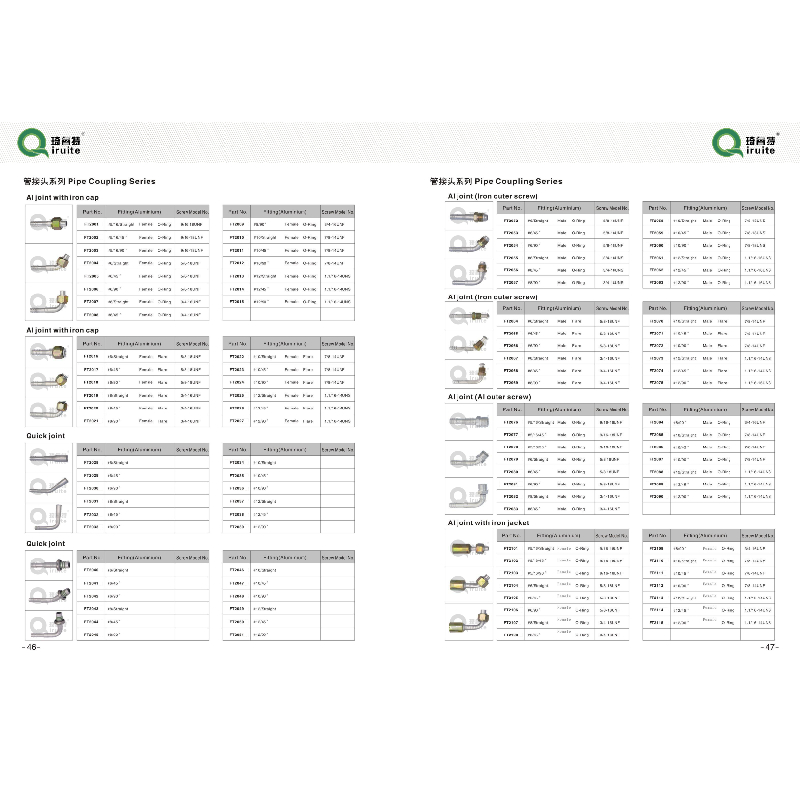Understanding the Use of R134a Fill Hose for Refrigerant Charging Systems
Understanding R134A Fill Hose Essential for HVAC Technicians
The R134A refrigerant, formally known as tetrafluoroethane, has been widely used in HVAC (heating, ventilation, and air conditioning) systems as a replacement for the ozone-depleting R12 refrigerant. Because R134A is a vital component in the refrigeration cycle, proper handling and filling techniques are crucial for technicians. One of the most important tools for working with R134A is the fill hose, specifically designed for the safe transfer of this refrigerant.
What is an R134A Fill Hose?
An R134A fill hose is a specialized piece of equipment used to connect the refrigerant tank to the HVAC system. It features specific fittings and gauges to ensure compatibility with R134A and adherence to safety regulations. The fill hose typically has a high-pressure rating to withstand the pressures associated with refrigerant transfer, thus ensuring safe operation during charging or recovery.
Design and Construction
The design of an R134A fill hose is critical for efficient and safe operation. Most hoses are made from durable synthetic materials that can withstand the chemical properties of R134A. They also feature a reinforced inner lining to prevent leaks and bursts. Hoses come with built-in connectors, often in the form of quarter-inch or three-eighths-inch fittings, made to securely attach to both the refrigerant tank and the service ports of the HVAC system.
Additionally, many fill hoses come equipped with gauges that display pressure readings in real-time, allowing technicians to monitor the refrigerant's status while filling the system. Some hoses are color-coded typically, blue for low pressure and red for high pressure, facilitating easy identification during service.
Proper Use and Techniques
r134a fill hose

Using an R134A fill hose requires adherence to several key practices to ensure safety and efficiency. Before starting, technicians should inspect the hose for any signs of wear or damage. Any signs of cracks or leaks should be addressed immediately, and compromised hoses should be replaced.
When connecting the fill hose, it’s crucial to attach the low-pressure side first, usually represented by a blue service port. Technicians should open the valve on the R134A tank slowly, allowing the refrigerant to flow into the HVAC system. It is essential to monitor the pressure gauge continuously to avoid overcharging, which can lead to system failure or safety hazards.
Additionally, technicians should always use personal protective equipment (PPE), such as gloves and goggles, when working with refrigerants. R134A, while less harmful to the ozone layer, can still pose risks to human health if inhaled or if it comes into contact with skin at low temperatures.
Environmental Considerations
As HVAC technicians work with R134A, it's important to recognize the environmental impact of refrigerants. While R134A has a lower ozone depletion potential compared to its predecessors, it is still a potent greenhouse gas. Technicians must ensure that all R134A is recovered from systems during servicing or repairs, rather than venting it into the atmosphere.
Various recovery machines and processes are available that allow for the safe collecting and recycling of R134A. Using properly maintained fill hoses is an integral part of this recovery process, as they aid in minimizing the release of refrigerants into the environment.
Conclusion
The R134A fill hose is an indispensable tool for HVAC technicians working with this refrigerant. Understanding its design, proper usage, and the environmental responsibilities that come with handling refrigerants is crucial for efficient and safe operations. By adhering to best practices and environmental guidelines, technicians can ensure both the longevity of HVAC systems and the safety of the environment. Whether you are a seasoned professional or a newcomer in the HVAC field, mastering the use of an R134A fill hose will enhance your skills and ensure a reliable service for your clients.
-
Reliable Brake Line Solutions for Your VehicleNewsJun.05,2025
-
Quick Fix for Leaky Air Conditioning HosesNewsJun.05,2025
-
Powerful Sewer Jetting Solutions for Tough ClogsNewsJun.05,2025
-
Power Steering Hose Problems SolvedNewsJun.05,2025
-
Hose Protectors That Actually WorkNewsJun.05,2025
-
Essential Hose Connectors for Every HomeNewsJun.05,2025

